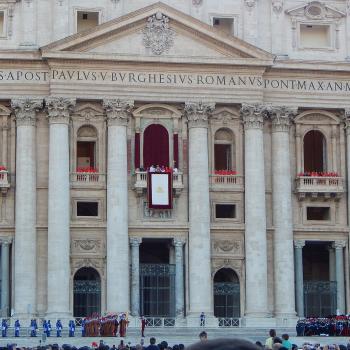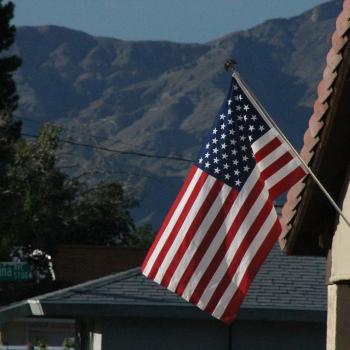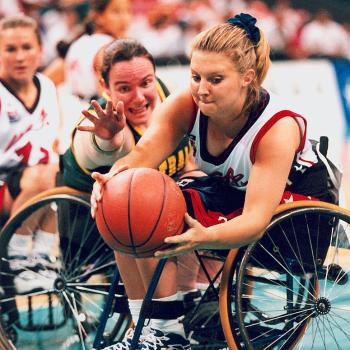In my next post I’m going to talk about the notion of whether the devastating flooding in the Columbia area can, in fact, be considered a “1000-year flood.” But before I do that, it will help if you understand some of the words I’m going to use. They are place-words, and they may not mean what you think they mean.
What is “Columbia, SC”?
When speaking to outsiders, or speaking of your travel from the hinterlands back to the homeland, one uses the term “Columbia” to mean the vast metropolis centered on two counties smack dab in the middle of South Carolina, and extending arms and fingers into several other surrounding counties, with the Capitol Building sitting mostly-ignored there in its center. Once on the ground in that metropolis, though, one ceases to speak with such gross imprecision.
This is rolling terrain. The swampy floodplain that hugs the coast sits to the east, though there is some flatland where the city stretches eastward.
The conglomeration that is “Columbia” is a collection of dozens of cities and towns, pressed together and at times wrapping around each other in shapes to make Picasso squirm. Boundary-drawing, in South Carolina, is an art sacred to the politicians, who have no particular concern for the natural world nor common sense.
Knowing what town you are in is something of a dark art, and the newcomer attempts it his peril. If you really wish to know where you live, gather up all your utility bills, study them carefully, and then phone someone who’s been in public works forty years — in that corner of the city — and ask them to advise you. Pay no attention to your voter registration card, it is a red herring.
Likewise, you must not take the points of the compass too literally when trying to understand the capital city. Columbia is the place where the two major east-west highways intersect at right angles.
How many rivers are there in Columbia?
There are three river-names used in Columbia, and then a pile of creeks no one talks about unless they are flooding. (We’ll save creeks for another day. Rivers are enough to think about right now.)
The Broad River comes in from the northwest, and for the purpose of assigning blame, consider it un-dammed. By the time it reaches downtown Columbia, it’s been flowing unsupervised far too long to really expect it to behave in a rainstorm.
The Saluda also comes in from the west, just south of the Broad. It flows out the bottom of Lake Murray just west of the city-center, which means the water is always cold (trout!). If you stand on top of the dam (there’s a road) you can see downtown Columbia; if you stand on top of a building in downtown Columbia, you can see the dam.* They are that close.
The water flow of the Saluda is largely a balance between the questions of how much electricity the city requires and how full or empty you want the lake to be. (People who live on the lake have strong feelings about this, as do people who live under the dam but do not wish to live underwater. Lake levels matter.)
Right downtown smack dab in the center of everything, the two river converge, forming the Congaree. So people say there are three rivers in Columbia, but that’s something of an overstatement.
Where is the flooding?
So we have the Congaree river there in the center of the major metropolis. In my next post I’ll talk about the evidence we can gather from the way the city developed around that river. What you need to know for now, and you can look at Google Maps as you think about this:
- The east side of the river contains the City of Columbia properly speaking. Half a dozen blocks up from the river sit the state capitol building and all the Main Street skyscrapers. Columbia is where you go be important, and it’s where they store the Democrats. It’s Richland County. (For the purposes of this blog, anyway; don’t even talk to me about water mains and school districts.)
- To the west of the river, Lexington County is so Republican they don’t let you in if you don’t have God and a gun both. The democratic candidate on that ballot is also a Republican. It’s where people live when they fully understand they are unsophisticated and short on cash, but they need to be close to town anyway, or else they just want lower taxes. There are bunches of townships stuck to each other there on the west side, but you can call it all “West Columbia” if you’re around people who aren’t from there.
- Meanwhile, back east of the river, Columbia got a growth spurt in the middle of last century, which I’ll talk about in the next post. The end result is that well-bred people live Shandon (a Columbia neighborhood) and in Forest Acres and Arcadia Lakes (which are both townships, even though it seems like they are just more City of Columbia).
The catastrophic flooding in the City of Columbia — where you see businesses and lots cars and houses covered with water — itself is happening around Forest Acres. This is going to matter in the next post, where we talk about history.
All the other graphic stuff you are seeing from the hilly Midlands-area of the state is scattered around Richland, Lexington, and all the other Midlands counties. You are also no doubt seeing plenty of horrible pictures from the “Low Country” which is the flatlands along the coast, and which is, in absolute terms, harder-hit with flood damage than the greater metro Columbia area.
My next post will not talk about coastal-region flooding at all, except in passing. We’ll be talking about the reasons that the Midlands-area flooding is maybe not the rare event it feels like, even though we are all shocked silly because this stuff just doesn’t happen here. Everyone expects the beach and the swamp to flood. No one expects the hills to fall apart. And maybe we should.
Map courtesy of Wikimedia Commons [Public Domain]
*And it’s a pretty neat view in either direction — check it out sometime. The other very-cool view of the city is driving into town on highway 302 from the south. At the top of the giant hill as you crest and begin your miles-long descent into town, the view is just stunning. If middle-sized southern cities are your thing.












